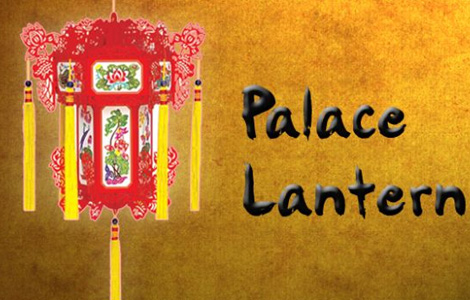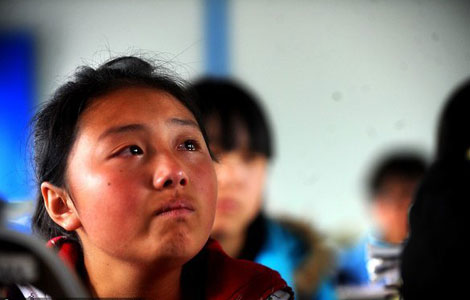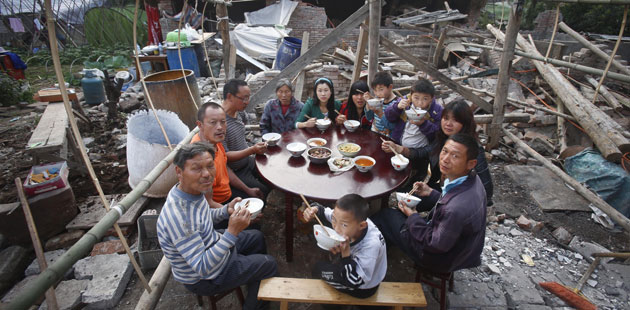Voice of tradition
Updated: 2013-07-11 14:19
By Wang Kaihao (China Daily)
|
|||||||||||
 |
|
Durenjana (second from right) practices Khoomei with his companions living in an attic in Hohhot, the Inner Mongolia autonomous region. |
It's the first day of a new semester at Od Suren Khoomei School, which is located in a roughly 60-square-meter office. The first few minutes resemble a yoga class, as more than 20 students enter the room and lie on the ground. On their backs, they raise their heads and stretch their legs while chanting.
"It's physical exercise," Durenjana says.
"But it's essential to control your breathing when singing Khoomei."
Durenjana comes from Xilinhot, capital of Xilin Gol League in the north of Inner Mongolia, about 600 km from Hohhot.
Durenjana and the three men rent an office's attic for 200 yuan ($33) each a month.
They eat, sleep and - literally - breathe Khoomei during the three-week course. All four run 3 km a night to build up their lung capacity.
Their 65-year-old teacher Od Suren is from Mongolia. He's the deputy director of Mongolia's National Khoomei Association and among the world's leading educators of the art. He introduced the throat-singing tradition to his country's university syllabus.
Od Suren first visited China in 1993 and enrolled six students to learn this nearly vanished skill. He has taught more than 1,000 Chinese students since. Many of the autonomous region's top Khoomei singers are his former students.
Khoomei was placed on the UNESCO Intangible Cultural Heritage List in 2009, representing China rather than Od Suren's homeland.
| Checkmate, Mongolian style | Grass is greener at home |
Related Stories
Wang's new galaxy starts from here 2013-04-26 13:09
Diverse arts festival brings the world to Beijing 2013-04-18 09:42
Musical sings the universal love of mother 2013-04-15 09:26
Chinese tones 2013-04-07 14:49
Oysters make spring sing for diners in Beijing 2013-03-26 09:22
When melody blooms 2013-02-01 10:42
Today's Top News
Boston Marathon bombing suspect pleads not guilty
Dialogue starts with calls for closer cooperation
Nations vow regular exchanges
Premier delivers pledge on reforms
Exports set back, imports flat in June
Shanghai struggles with growth
Program to help migrant workers find better jobs
Caution urged in seeking experts from abroad
Hot Topics
Lunar probe , China growth forecasts, Emission rules get tougher, China seen through 'colored lens', International board,
Editor's Picks

|

|

|

|

|

|







